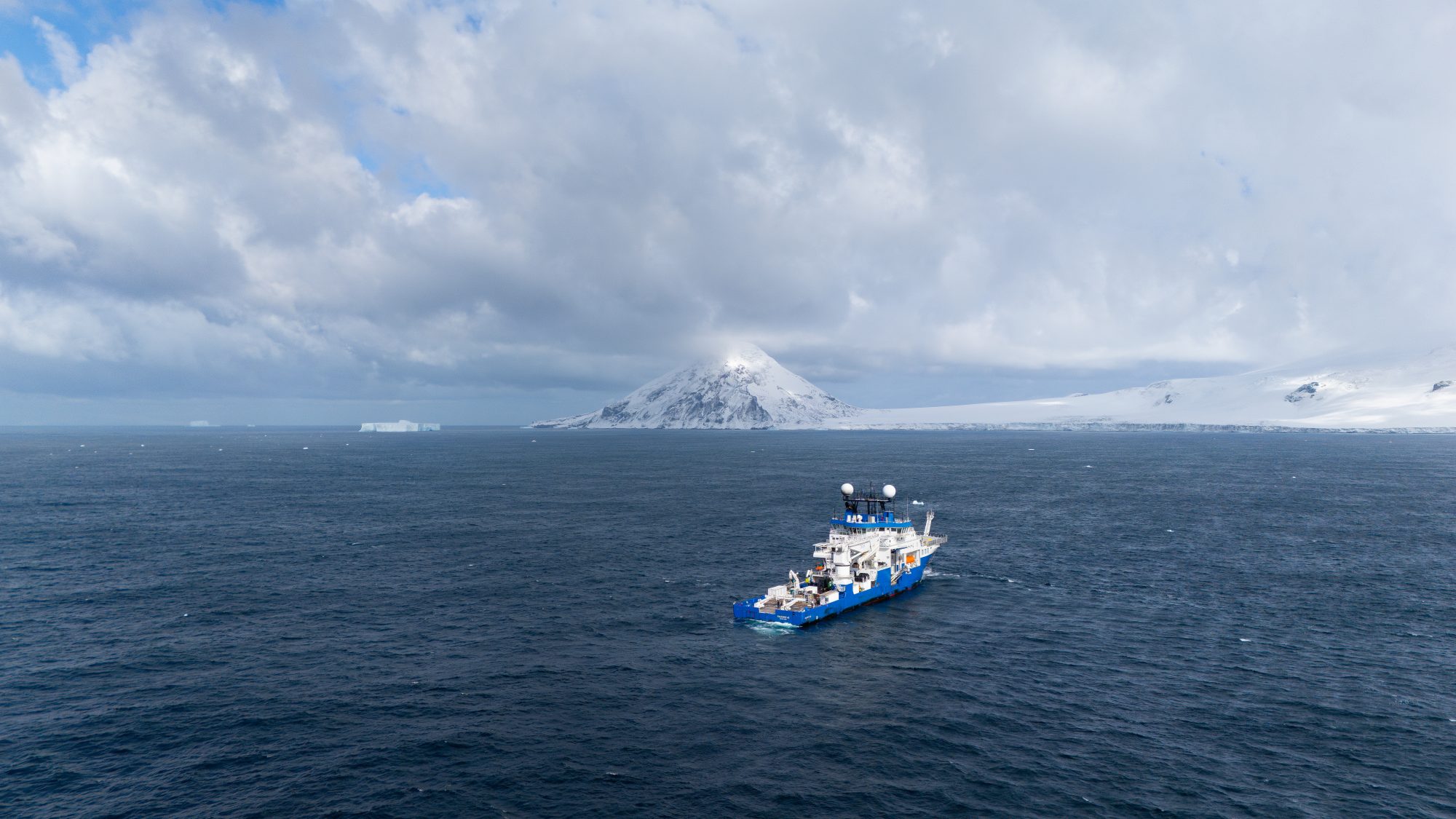

The Ocean Census GoSouth: Searching for New Species in the South Sandwich Islands is a 35-day research mission that brings together Schmidt Ocean Institute (SOI), The Nippon Foundation-Nekton Ocean Census, GoSouth (University of Plymouth, British Antarctic Survey, and GEOMAR), and the Government of South Georgia and the South Sandwich Islands (GSGSSI).
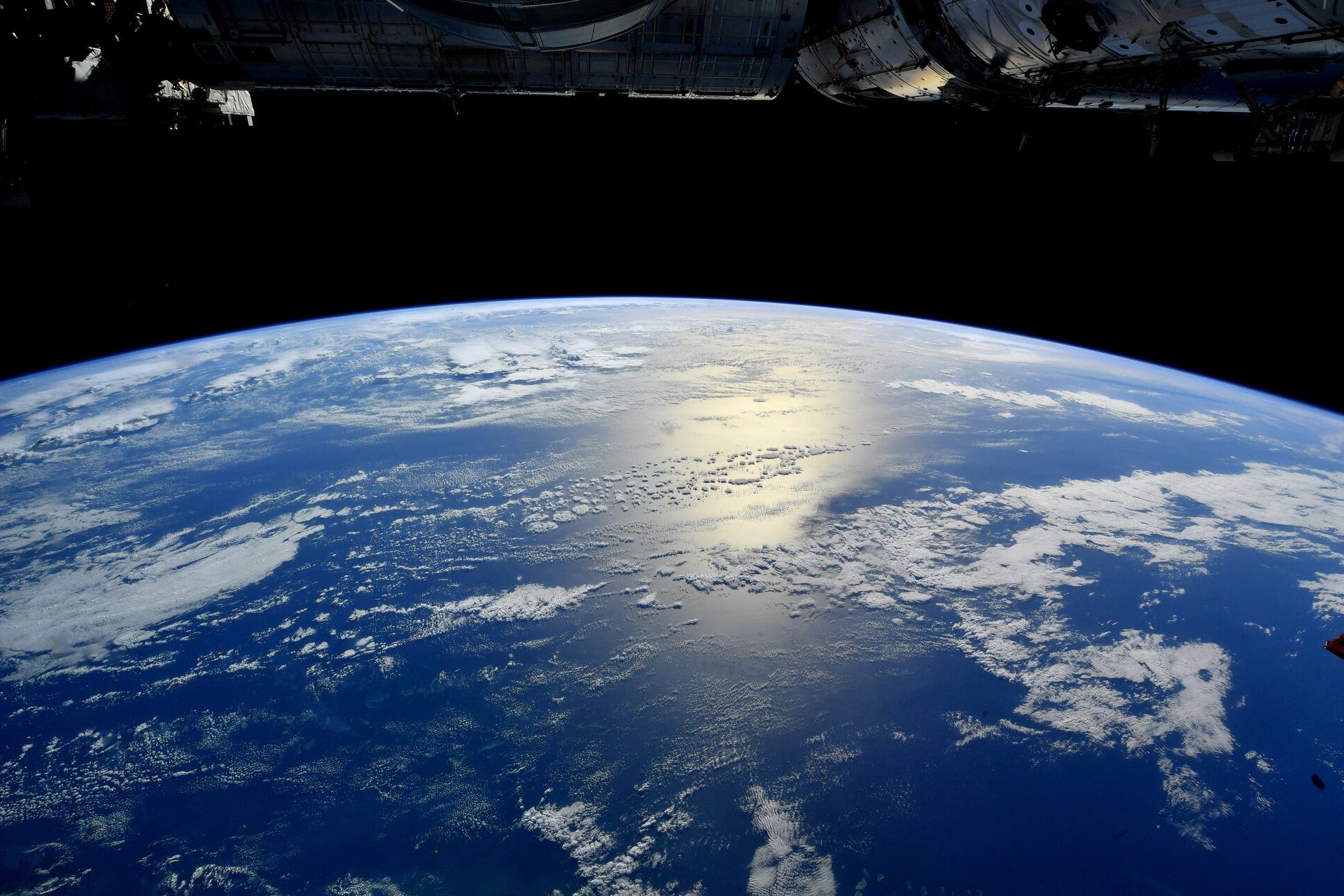
Situated between South America’s Cape Horn and the Antarctic Peninsula lies the Scotia Tectonic Plate, a region shaped by powerful tectonic forces. These forces have created an array of geological features, including hadal zone trenches, underwater volcanoes, and spreading centres.
To the far east of this dynamic seascape are the South Georgia and South Sandwich Islands, two of the most remote island chains on Earth. Their seamounts, hydrothermal vents, and deep-sea trenches are home to exceptionally high levels of endemism, supporting species found nowhere else in the world.
The expedition, led by Dr Michelle Taylor (University of Essex), President of the Deep-Sea Biology Society and Senior Lecturer at the University of Essex, aims to map deep-sea habitats and document new species from this rarely visited region of the Southern Ocean. Concurrently, Dr Jenny Gales leads the GoSouth initiative, a collaboration between the University of Plymouth, GEOMAR, and the British Antarctic Survey. This team will survey volcanic flanks to assess the influence of volcanic and earthquake activity on marine ecosystems. Their research will also investigate submarine geohazards, including landslides, tsunamis, and underwater eruptions.
The joint mission aims to map subsea areas and document and sample new marine species using the state-of-the-art science-class ROV SuBastian, capable of reaching depths of 4,500 metres. This advanced tool allows the team to collect biological samples and capture high-resolution imagery of deep-sea ecosystems.
To the far east of this dynamic seascape are the South Georgia and South Sandwich Islands, two of the most remote island chains on Earth.
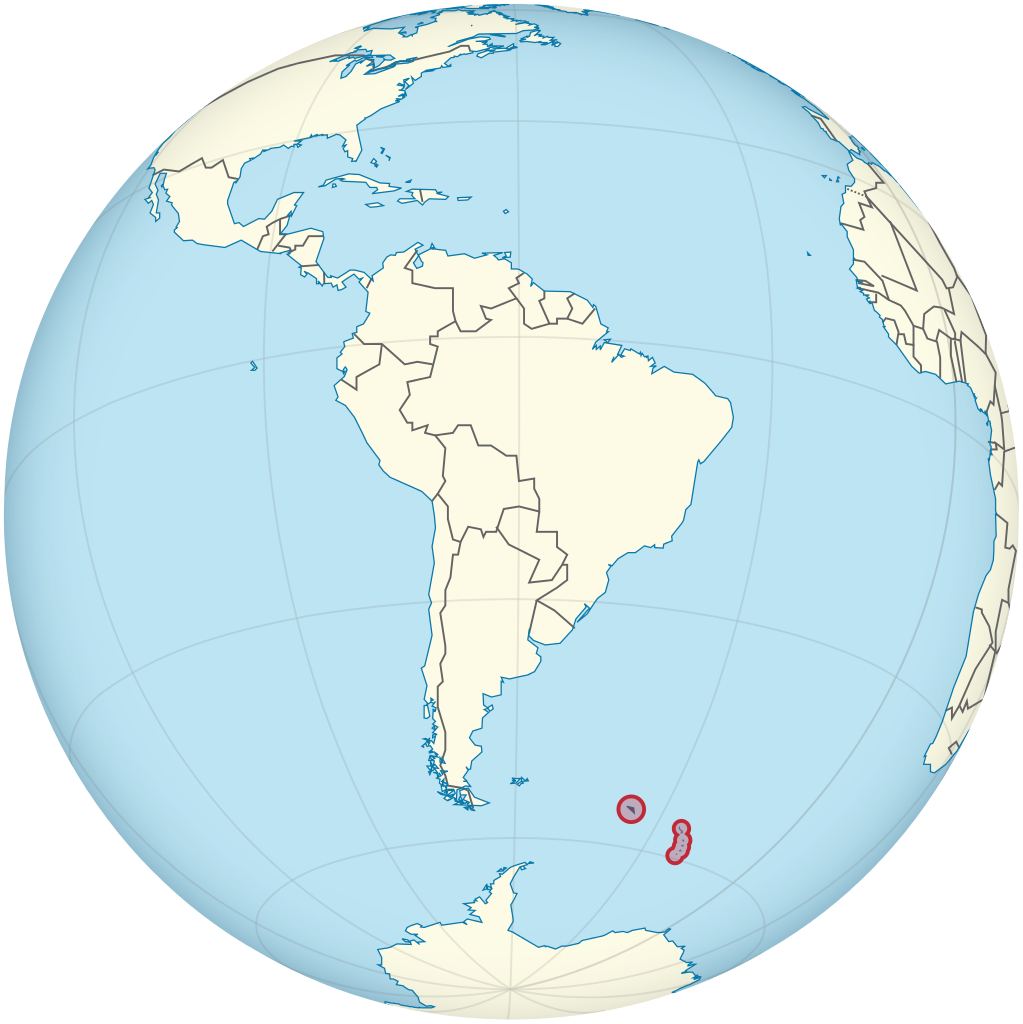
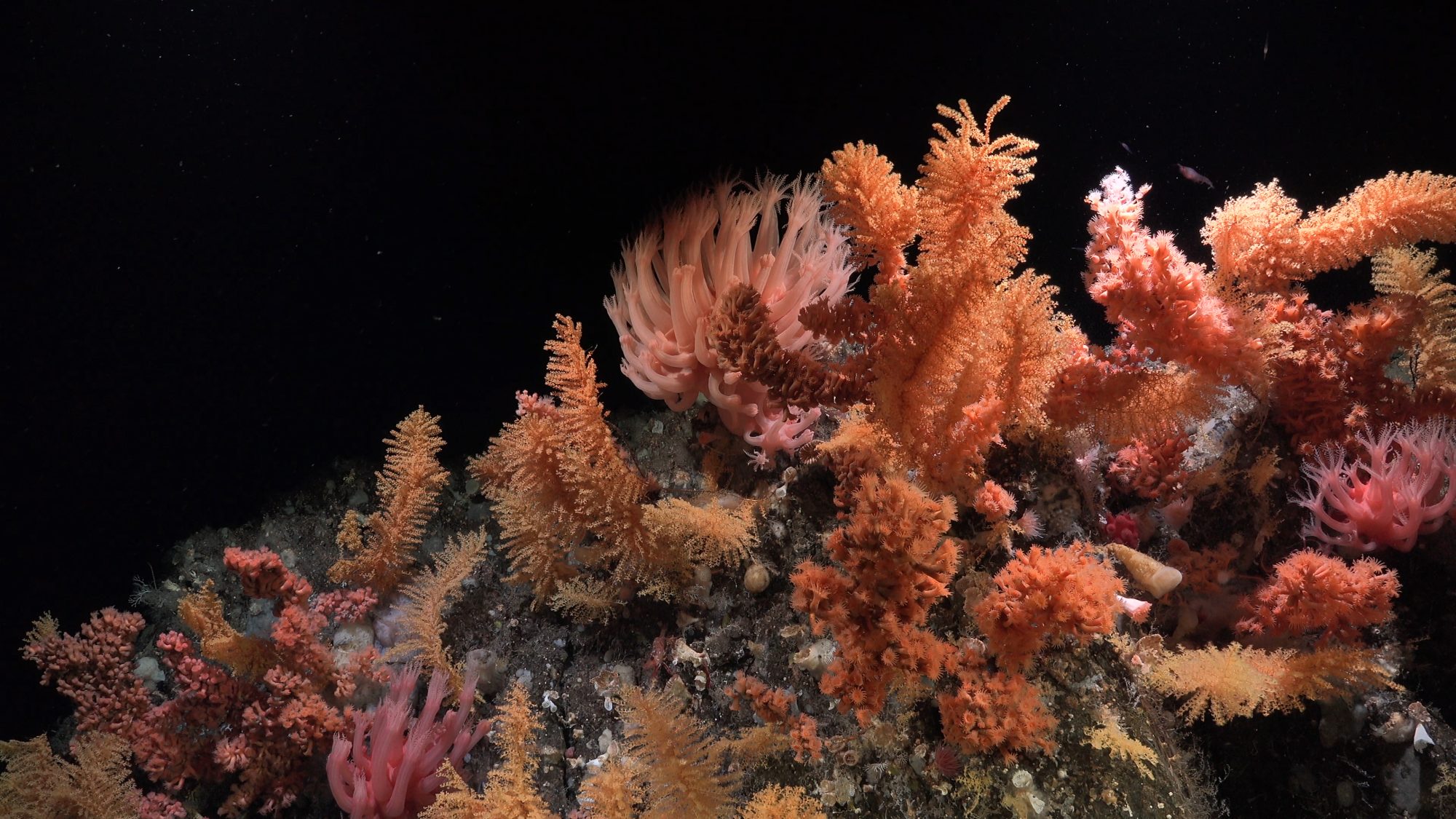
The research will occur within the South Sandwich Island Exclusive Economic Zone (EEZ), a British Overseas Territory (BOST), located 375 nautical miles southeast of South Georgia. The South Sandwich Islands region has a high level of endemism even within the Antarctic that makes it a standout area biogeographically. The biota of the shallow to deep ecosystems of the islands, submarine volcanoes, the nearby East Scotia Ridge and associated deep-sea hydrothermal vents (at depths from ~1,000m to 2,500m and other yet to be discovered) and within the South Sandwich Trench are still poorly described and provide a focus for research.
A distinct latitudinal, biogeographic boundary exists between the southern and northern islands within the archipelago (running roughly through Montagu Island). This causes different faunal assemblages in these areas and for this reason the expedition aims to sample sites both to the north and south of Montagu Island (weather permitting), as well as sampling a range of different habitats within those areas incl. deep reefs, shallow reefs, trench habitat and earthquake disturbance zones. Therefore providing the highest chance of sampling faunal biodiversity available within the SSI region.
In one of the most isolated regions on Earth, the South Sandwich Islands’ ecosystems are among the least studied globally.
The islands lie at the intersection of the Antarctic Circumpolar Current. This current creates distinct temperature boundaries that shape biodiversity and species adaptations. By sampling on both sides of this boundary, to the north and south, the team will compare how environmental conditions influence the evolution of life in these extreme habitats.
One of the ecosystems that are among the least studied globally
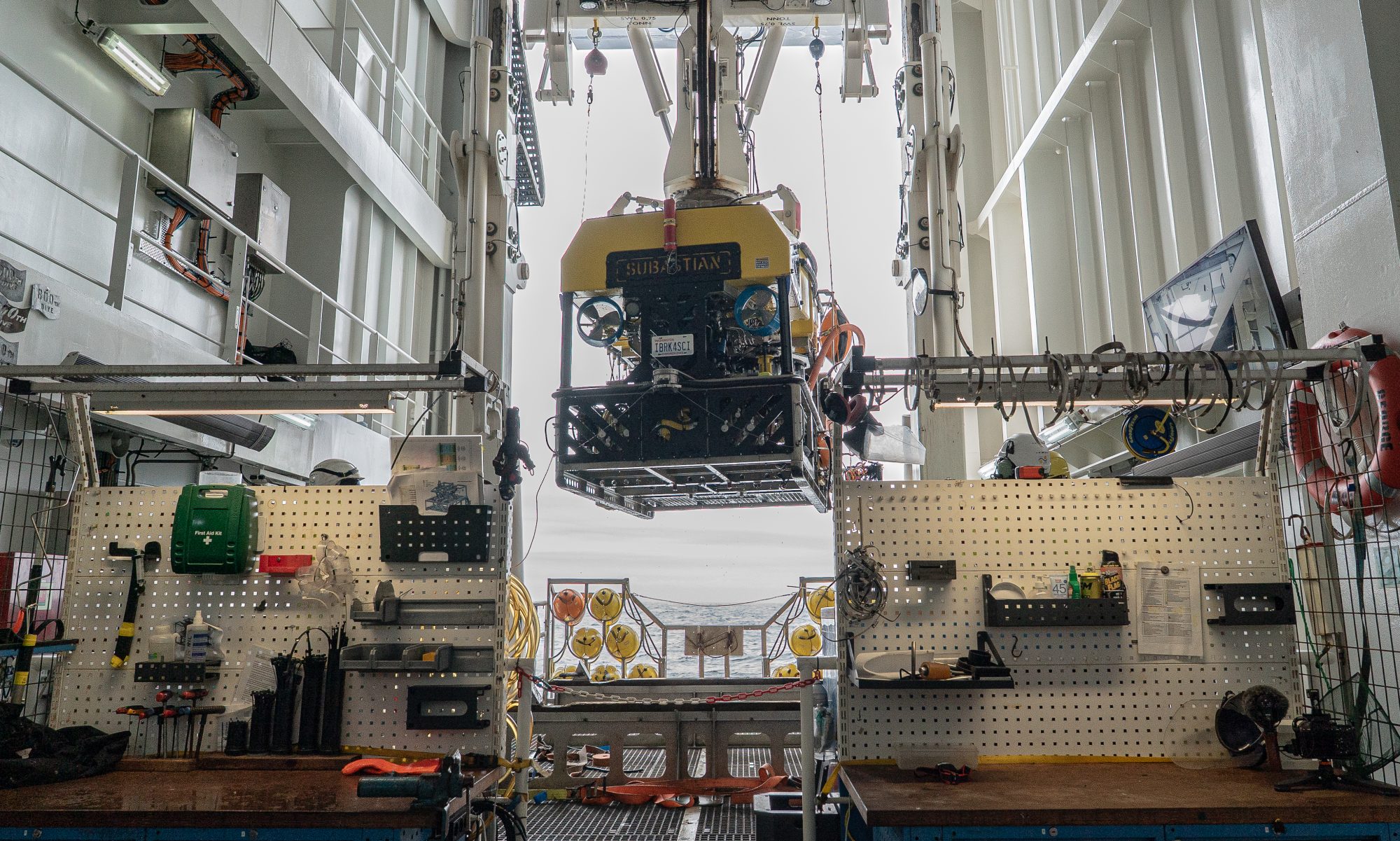
Thank you to the Ocean Census expedition partners on board:
Schmidt Ocean Institute (US), Government of South Georgia & the South Sandwich Islands (UK) University of Essex (UK), Plymouth University (GoSouth; UK), British Antarctic Survey (GoSouth; UK), GEOMAR (GoSouth; Germany)